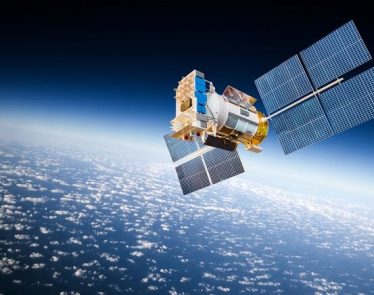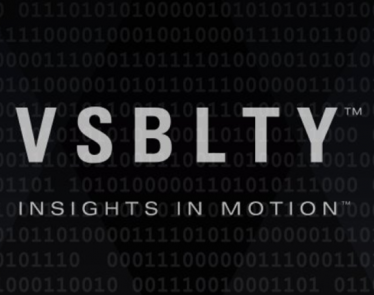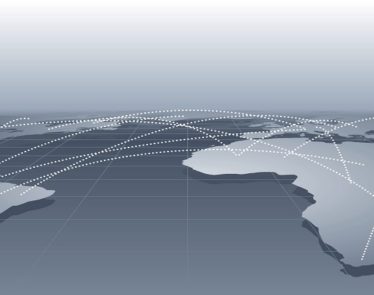
2nd generation IoT (Internet of Things) is upon us. This innovative technology has evolved, pushing the boundaries of data transfer even further.
Now, the technology is being used in the most unassuming ways in everyday life—to ease traffic congestion for example. Not only a booming area for business, but the practicality of IoT has also spread to the home.
Yes, there is a myriad of roles that IoT now plays in our day-to-day lives, and the list is only growing longer.
So let’s check out the evolution of IoT from business specific to the everyday norm.
2nd Generation IoT: What is It?
Let’s recap. The Internet of Things is an interrelated system of computing devices that “talk” to each other via unique identifiers (UIDs) without the need for human-to-human or human-to-computer interaction. It allows for machines to transfer data over a network, and once given a UID, anything can join the chain.
Some examples include a sensor in a car that tells the driver if tire pressure is low or a heart-monitor implant that sends data out to the medical doctor. Any natural or man-made object that can be assigned an IP address and can transfer data over a network can be a “thing” in the Internet of Things.
As The Guardian puts it:
“Factor people, processes and analytics tools into this network of sensors and devices and you’ve got the internet of things.”
>> RAD Stock Falls as Rite Aid Increases Minimum Age to Buy Tobacco
Also, keep in mind how many devices are connected to the internet—an estimated 14 billion at present. The UK’s chief scientific advisor predicts this number will rise to anywhere between 20–100 billion by 2020. With all these devices potentially able to communicate with each other, what lies ahead for IoT is astronomical.
2nd Generation IoT: Where It’s Going
IoT serves to increase efficiency by quickening services, securing data, and making operations more cost-effective.
But, as stated, we are now moving into the 2nd generation of IoT, where sensors have been developed that allow devices to make their own autonomous decisions and carry out tasks beyond simple data gathering.
This level of technology is active all around us, but you may not even have noticed it. Take, for example, lighting controls such as turning on and off home lights via your phone. This is 2nd generation IoT at its finest.
Because the transfer networks are more reliable and secure, further utilization in society is becoming the norm. Here are some of the most recent innovations.
Parking in Our Cities
Milton Keynes in the UK provides a perfect example. Here, the council has installed parking sensors that provide real-time information on the availability of spaces across the city. Drivers can check this out in real-time via an app on their smartphone as they either look for parking or decide if it’s best to leave the car at home. The latter decision, of course, helping to ease congestion in the city.
Further, the data from these parking sensors can tell how long a space is in use for, creating an average. This has helped the city fine-tune parking restrictions.
Safety In Our Cities
2nd generation IoT is also offering cyclists a safer commute. In Glasgow, sensors in the city lights detect approaching cyclists and subsequently adjust brightness levels autonomously from 40% to 100%. Further, these lights can be controlled remotely, allowing dimming or brightening for street events or special occasions.
>> Penny Stocks: Analysts Predict 320% Gains for GEVO
The overall impact is a safer commute for bikers and a sizeable conservation of energy. Imagine the amount of energy saved if, across the globe, every city autonomously dimmed its lights when possible.
Transportation
With regards to bus services, sensors placed in bus stops can tell officials the number of people waiting for a particular bus and at what times. This means demand can be gauged and buses sent out accordingly. This results in a more responsive bus service for commuters.
Further, our vehicles are becoming smarter, and as they do, they should be able to communicate with each other effectively. This, according to Stephen Hilton, of Bristol City Council, “will enable much more efficient use of transit within a city, and perhaps starts to break that model of one person, one car.”
Those are some of the ways 2nd generation IoT is being used in our cities to better commuting. But this is only one area in a vast sea of potential. Other implementations include low-cost wearable devices that track health and remotely deliver data to health providers. This would reduce the need and cost of face-to-face appointments, which in turn may alleviate the demand on over-worked health services.
2nd generation IoT is still in its infancy, but with potentially 100 billion devices using the internet next year, the sheer scope of it is endless.
Featured Image: DepositPhotos © everythingposs












